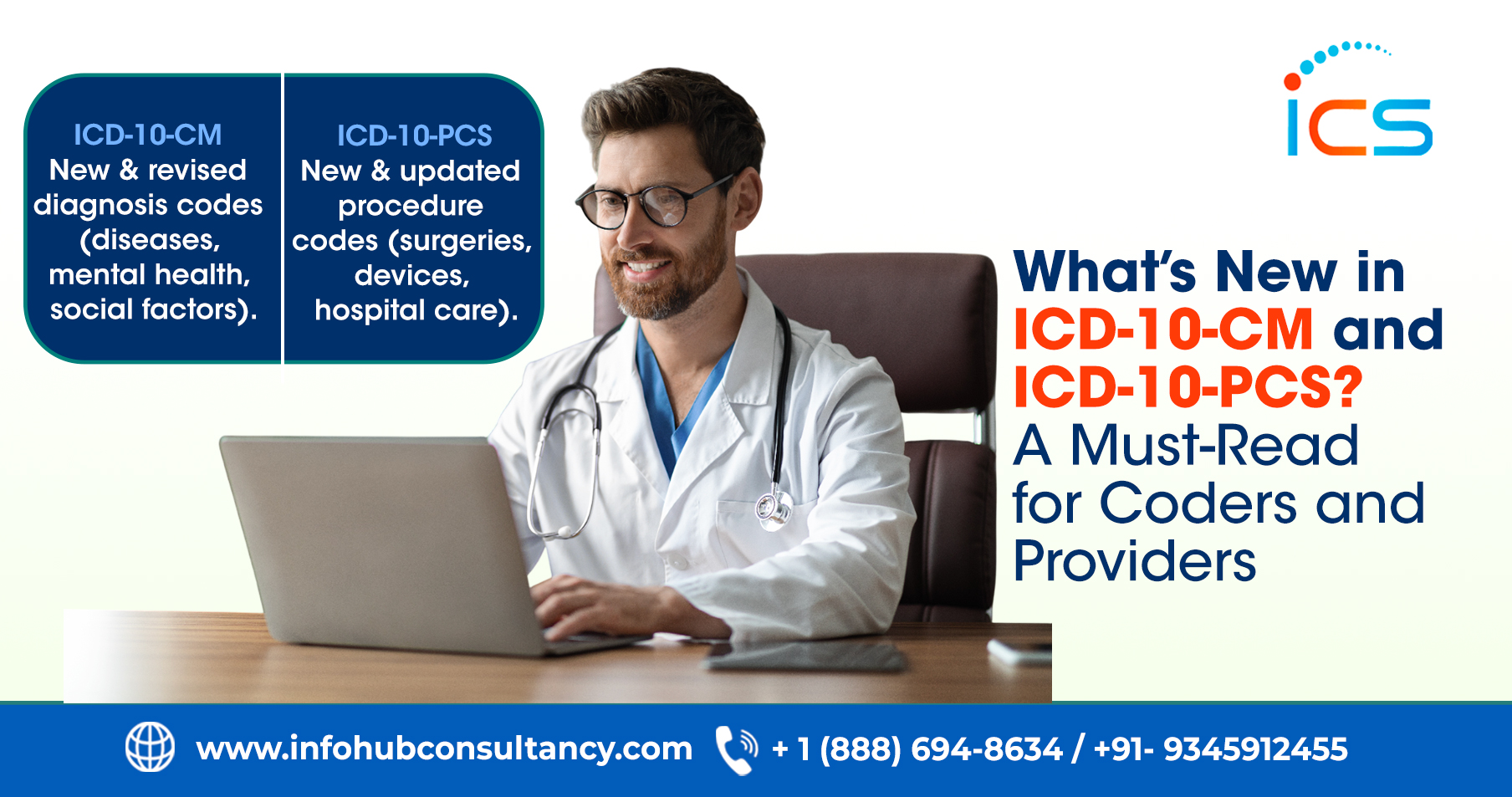Verifying patient eligibility is a crucial step in healthcare operations, ensuring smooth processes for both providers and patients. By confirming a patient’s insurance details and coverage before treatment, healthcare providers can significantly reduce billing errors and avoid claim denials. This proactive approach not only improves revenue cycle efficiency but also enhances patient satisfaction by providing clarity on costs and minimizing financial surprises. In this blog, we’ll explore the importance of patient eligibility verification, how it helps reduce errors, and its role in creating a better patient experience.
Understanding Patient Eligibility Verification
Patient eligibility verification involves confirming key details about a patient’s insurance coverage before any services are provided. These details include co-pays, deductibles, network status, coverage limitations, and more. This step ensures that healthcare providers have accurate information about the patient’s insurance and benefits, allowing them to process claims correctly the first time. Inaccurate or missing data can lead to claim denials, payment delays, and dissatisfied patients – all of which can negatively affect a healthcare practice’s revenue cycle and reputation.
Why is Patient Eligibility Verification Important?
1. Reduces Claim Denials
Claim denials are a common and costly issue in healthcare. Often, they occur due to outdated or incorrect insurance information. By verifying patient eligibility before providing services, healthcare providers can ensure that all necessary details are up to date. This helps minimize the risk of claim denials, which can delay payments and increase administrative burdens. Accurate information ensures that claims are processed smoothly, leading to quicker reimbursements.
2. Improves Revenue Cycle Efficiency
Efficient patient eligibility verification is essential for maintaining a streamlined revenue cycle. When healthcare providers verify patient information upfront, they can submit cleaner claims, reducing the need for rework or resubmission. This directly impacts the speed of reimbursement and reduces the time spent on follow-ups. As a result, the administrative workload decreases, allowing providers to focus on patient care rather than correcting billing errors.
3. Enhances Patient Satisfaction
Patients often experience stress and frustration when faced with unexpected medical bills or denied claims. Transparent communication about insurance coverage and costs upfront alleviates this anxiety. When patients know what their insurance covers and what their financial responsibility will be, they can make informed decisions about their care. This not only fosters trust between patients and providers but also enhances overall patient satisfaction. By eliminating financial surprises, healthcare providers create a more positive and transparent experience for their patients.
4. Increases Operational Efficiency
Verifying eligibility before services are rendered significantly improves operational efficiency. When healthcare staff are confident in the accuracy of a patient’s insurance details, they can focus on providing high-quality care rather than spending time resolving billing disputes or tracking down missing information. This streamlined workflow ensures that patients receive timely care, and providers can avoid the back-and-forth of correcting insurance-related errors.
Key Steps for Effective Patient Eligibility Verification
1. Leverage Automation Tools
Automation plays a pivotal role in modern patient eligibility verification. Many healthcare providers now use real-time verification tools that pull data directly from insurance companies. These automated systems ensure up-to-date, accurate information with minimal human intervention, reducing the likelihood of errors. Real-time verification allows providers to quickly check insurance details and make informed decisions without delay.
2. Train Front-End Staff
Front-office staff are the first point of contact for patients and play a vital role in the eligibility verification process. Ensuring that staff members are well-trained to collect accurate information, verify insurance details, and understand the nuances of various insurance plans is crucial. With proper training, front-end staff can efficiently check for coverage, confirm co-pays, and address any discrepancies before a patient receives care.
3. Regularly Update Insurance Information
Patient insurance details can change frequently, often without the patient’s knowledge. Whether due to plan changes, employment status, or updates in coverage, these shifts can lead to denied claims if not caught early. It’s essential to establish a system that regularly updates and verifies patient records to ensure that no outdated or incorrect information is used. This proactive approach minimizes errors in billing and claims.
4. Cross-Check Information with Patients
While automated systems are highly efficient, it’s always a good idea to double-check insurance details with the patient. Confirming co-pays, deductibles, and coverage limits directly with the patient can help catch discrepancies that may not be evident through electronic systems. This ensures that both the patient and provider have accurate, up-to-date information, reducing the chances of billing complications.
Impact of Patient Eligibility Verification on Billing and Claims
When patient eligibility verification is handled correctly, the entire billing process becomes more efficient and error-free. Claims are less likely to be rejected due to incorrect insurance details, and the need for rework is significantly reduced. This leads to faster payments and a more predictable revenue stream for healthcare providers. Additionally, reducing the administrative workload allows billing staff to focus on more critical tasks, such as improving patient care coordination or enhancing the overall patient experience.
The Patient Perspective: Trust and Transparency
From the patient’s viewpoint, transparency is key to a positive healthcare experience. No one wants to be surprised by unexpected medical bills or denied services. When patients are informed about their insurance coverage and out-of-pocket expenses ahead of time, they feel more in control of their healthcare decisions. This builds trust between the patient and provider, which is essential for long-term patient loyalty. By prioritizing eligibility verification, healthcare providers can improve patient satisfaction, reduce stress, and create a more trusting relationship with their patients.
Conclusion: A Crucial Step in Healthcare Operations
Eligibility verification is a key step in healthcare that reduces errors, improves revenue cycle efficiency, and enhances patient satisfaction. By using real-time verification tools, training staff, and regularly updating insurance information, providers can create streamlined workflows for better outcomes.
With financial efficiency and patient experience being crucial, accurate eligibility verification is essential. Prioritizing it helps healthcare providers optimize their revenue cycle and deliver better patient care.
For assistance in streamlining your billing processes and enhancing patient satisfaction through comprehensive eligibility verification, contact Info Hub Consultancy Services, a leading offshore medical billing and coding services provider. Reach us at +1 (888) 694-8634 or email inquiry@infohubconsultancy.com for expert assistance.

 6 mins read
6 mins read 







.png)

